
Culture
22:52, 17-Sep-2017
Exhibition of relics debuts at National Museum of China
CGTN
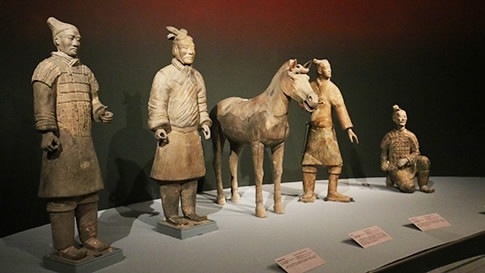
An exhibition of relics from the Qin (221-206 B.C.) and Han (206 B.C.-AD 220) dynasties debuted at the National Museum of China (NMC) in Beijing on Sunday, with over 300 antiques on display.
The items were selected from over 30 museums around the world and more than 45% of them are among the country’s highest-ranking relics.
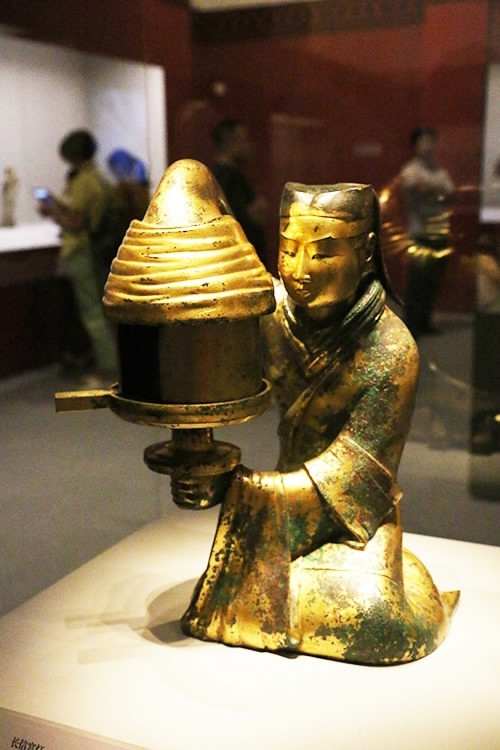
Gilt Bronze Human-Shaped Lamp. /courtesy of NMC
Gilt Bronze Human-Shaped Lamp. /courtesy of NMC
A number of the relics have been popular among museum-goers, including the jade burial suit from Henan Museum, the gilt bronze human-shaped lamp from Hebei Museum and terra-cotta sculptures from the Terro-cotta Army of Qin Shi Huang, China's first emperor.
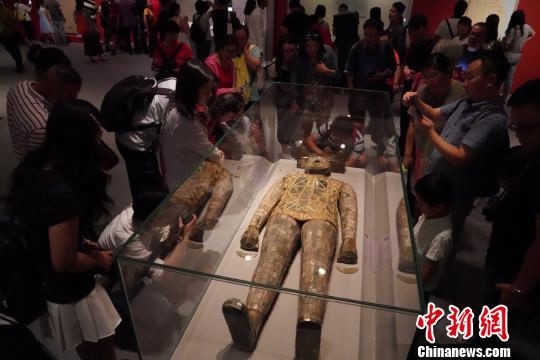
Jade Burial Suit. /CNS Photo
Jade Burial Suit. /CNS Photo
According to Wang Jun, director of Art Exhibitions of China, the exhibition covers all of the most important archaeological discoveries relating to the Qin and Han dynasties.
Most Chinese historians believe that the two dynasties, always jointly referred to as the Qin-Han period, defined the basis of the Chinese political system, social structure and national characteristics.
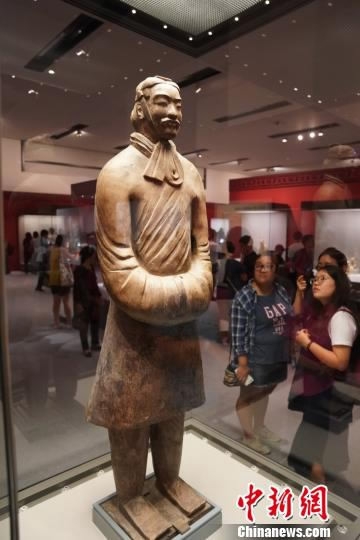
A terra-cotta warrior. /CNS Photo
A terra-cotta warrior. /CNS Photo
It was during the Qin Dynasty that Chinese characters and units of measurements were established. To this day, the majority ethnic group of China is still called Han while Chinese script is called Han characters.
The exhibition is divided into seven sections, offering visitors a general idea of the establishment, reforms and multi-cultural characteristics of the two dynasties.
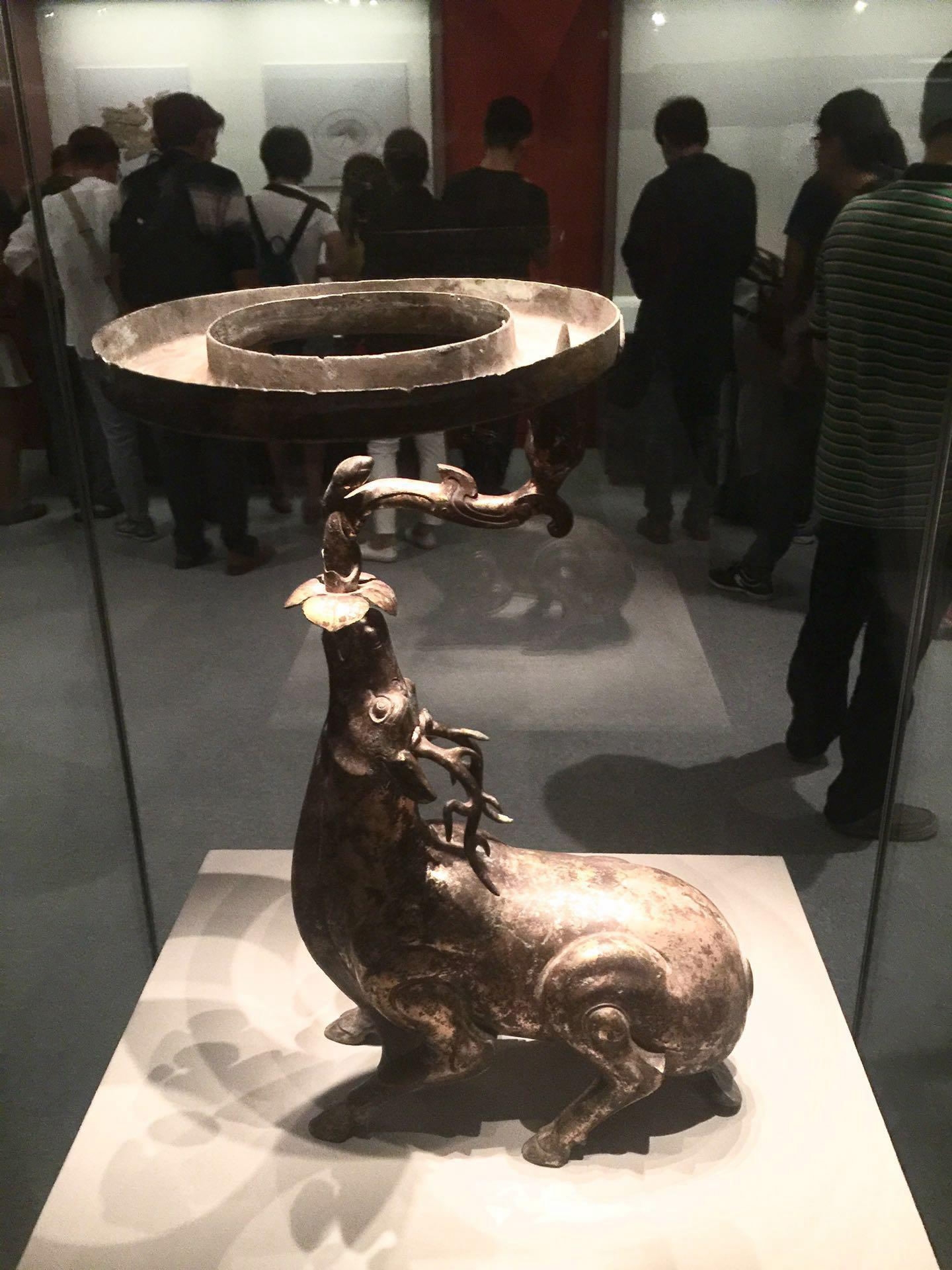
Gilt Bronze Deer-shaped Lamp. /CGTN Photo
Gilt Bronze Deer-shaped Lamp. /CGTN Photo
The exhibition also includes tiles and bricks, coins and seals, weapons and mirrors.
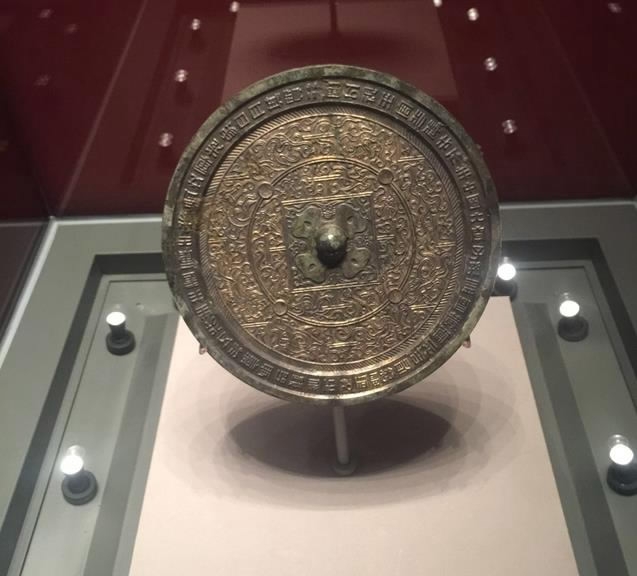
Gilt Bronze Mirror. /CGTN Photo
Gilt Bronze Mirror. /CGTN Photo
The exhibition runs until November 30 and daily admittance is no more than 3,000 tickets daily.
0km

SITEMAP
Copyright © 2018 CGTN. Beijing ICP prepared NO.16065310-3
Copyright © 2018 CGTN. Beijing ICP prepared NO.16065310-3